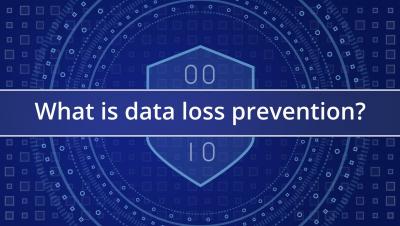Information Management vs. Knowledge Management
Your organization’s data is one of its most valuable assets. Unlike assets such as cash, however, data doesn’t always grow in value as it expands in volume — it must properly obtained, stored, secured, cleaned and surfaced so that it can put to use in meaningful ways. Accordingly, more and more businesses are looking to transition from information management to knowledge management systems. But what exactly are the differences between knowledge management and information management?




